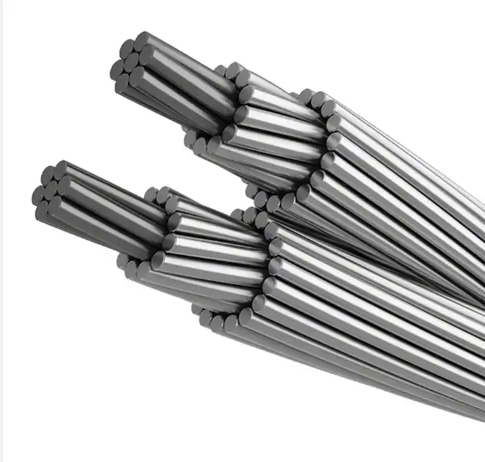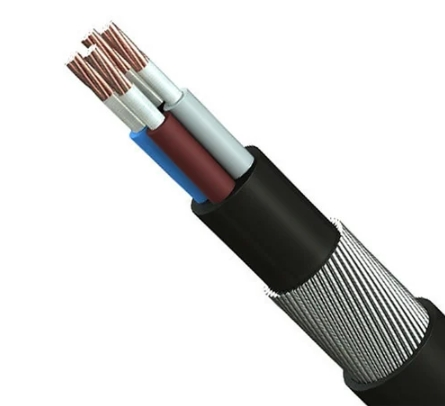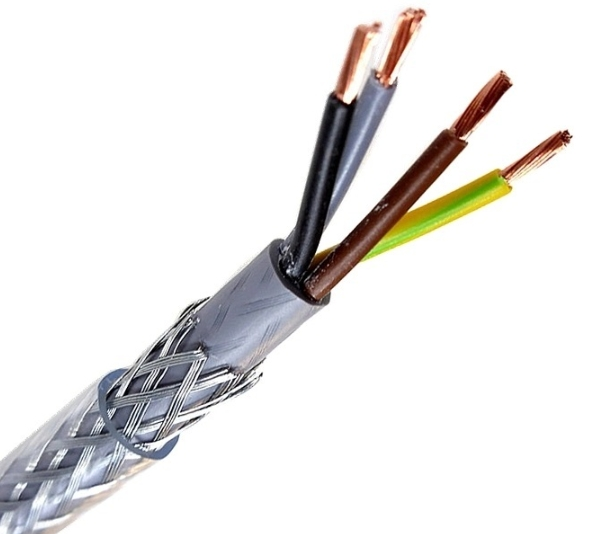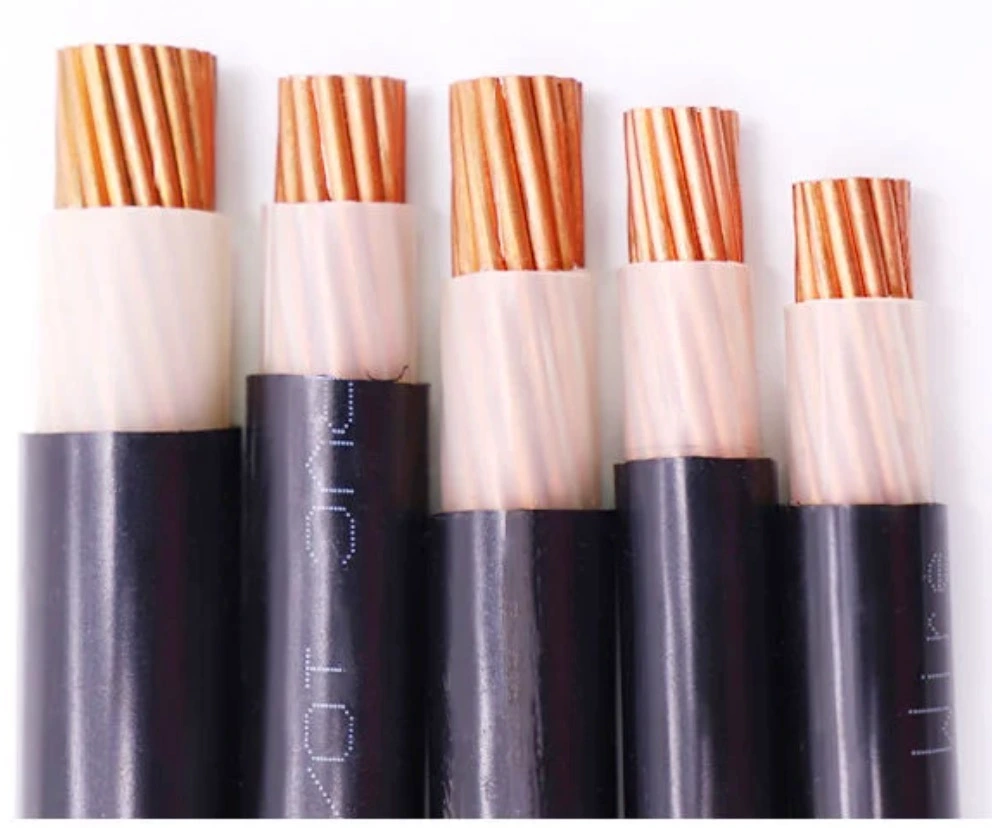Are you in the market for LSZH cable but feeling overwhelmed by all the options? LSZH (Low Smoke Zero Halogen) cable is a type of electrical cable known for its safety features in case of a fire. But with so many choices available, it can be hard to know which one is right for your needs. That’s where we come into help you understand LSZH wire, choose the right one, and make your purchase with confidence.
So what will you learn?
In our business blog, we’ll break down everything you need to know about LSZH cable, from its benefits to how to select the best one for your specific needs.
What is lszh cable?
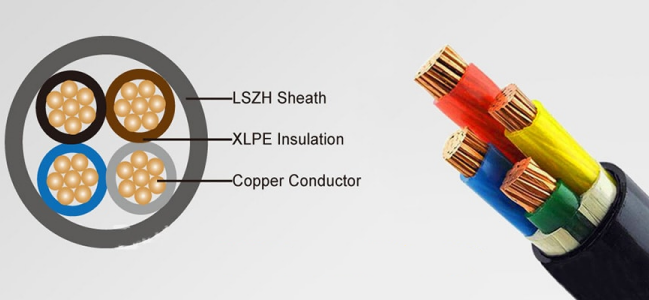
LSZH cable stands for Low Smoke Zero Halogen cable. Low smoke cable is designed to emit very low smoke and no halogen when exposed to high heat sources. Halogen is a chemical element commonly used as a component in cables. However, in case of a fire or heat exposure, halogen can release toxic and corrosive gases that significantly threaten human health and the environment. Therefore, lsnh cables are safer when fire is a risk because they produce less toxic and less corrosive smoke. LSZH cable specifications include mulit-conductor and multi-paried.
What is the application for lszh cable?
LSZH (Low Smoke Zero Halogen) cables are specifically engineered to release deficient levels of smoke and no halogen when exposed to fire. These cables are designed for high-performance installations in public buildings, hospitals, and underground trains. They offer superior electrical characteristics, excellent fire-retardant properties, and exceptional resistance to mechanical stresses. We must follow strict safety rules to prevent fires and harmful gases from spreading during a fire. If there is a fire, the smoke can make it hard to see and breathe, which can be very dangerous. That’s why using LSZH cable that don’t produce much smoke and harmful substances when they burn is essential. These cables are vital for big projects.
what are the benefits of having LSZH cable?
Low-smoke zero-halogen (LSZH) cables and wires are highly beneficial in terms of safety and environmental impact. When subjected to fire, these cables are engineered to emit very little smoke and no halogen gas. LSZH cable offer performance and safety benefits; here are the main benefits.
- Reduce Fire Propagation:LSZH cables are less likely to propagate fire than cables with traditional insulation materials. This feature can help contain fires in smaller areas, potentially reducing damage.
- Environmental Impact:LSZH cables have a lower environmental impact during their lifecycle and in the event of a fire. They do not release halogens, which can be harmful to the environment.
- Corrosion Resistance: LSZH wires minimize this risk, as they do not emit corrosive gases when exposed to fire. This property protects critical infrastructure and sensitive equipment in commercial buildings, data centers, and industrial environments.
- Enhanced Safety for Firefighters and Rescue Teams:The reduced smoke and absence of toxic halogen gases make it safer for firefighters and rescue teams to navigate buildings and perform their duties during fire emergencies.
- Long-term Health Benefits:Using low smoke cable significantly reduces the potential health risks associated with these substances, contributing to a healthier living and working environment.
lszh cable vs pvc :what is the difference
By understanding the difference between low smoke zero halogen (LSZH) cables and polyvinyl chloride (PVC) cables, we can explore their individual characteristics and properties in greater detail. We will provide you with more comprehensive details of each type of cable.
Material Composition:
- LSZH: low smoke cables are made from materials that emit limited smoke and no halogen when exposed to high heat or flames. Halogens refer to elements like fluorine, chlorine, bromine, and iodine, which can potentially release toxic and corrosive gases when burned.
- PVC: Polyvinyl Chloride cables contain chlorine, a halogen, as part of their composition. When burned, they can release thick, toxic smoke and hydrochloric acid, a corrosive gas.
Cost Comparison:
- LSZH: LSZH power cables are generally more expensive than PVC power cables. This is due to the specialized materials used to ensure low smoke emission and the absence of halogens. The manufacturing process for Lslh cables also tends to be more complex, contributing to the higher cost.
- PVC cables are more cost-effective, making them a popular choice for a wide range of applications where budget constraints are a significant consideration. The materials and manufacturing process for PVC cables are well-established, leading to lower production costs.
Durability and Flexibility:
- LSZH: LSZH cables are designed to be durable and resistant to various environmental factors. However, depending on the specific formulation, they can sometimes be less flexible than PVC cables in terms of physical flexibility.
- PVC: PVC cables are known for their flexibility and durability. They are made of a resilient material that can withstand a range of environmental conditions, including exposure to oils and chemicals, making them suitable for industrial applications. The flexibility of PVC cables makes installation easier in diverse settings.
How to choose right lszh cable?
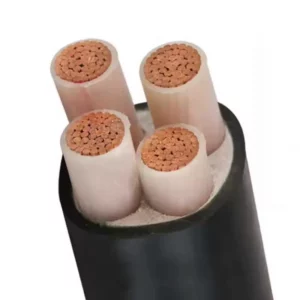
Low Smoke Zero Halogen (LSZH) cables are designed with safety in mind. They are used in applications where smoke emissions and toxic fumes pose a significant risk to human life and sensitive equipment in the event of a fire. Several factors must be considered when selecting the appropriate LSZH cable for your application.
- Electrical Requirements: It is essential to verify that the cable you use matches the requirements of your application. It means that the cable should be able to handle the amount of electricity needed without causing problems. You should check the voltage rating, current-carrying capacity, and cable resistance. It will work appropriately for your needs.
- Mechanical and Physical Properties: Consider the mechanical stresses the cable might face, such as bending, twisting, or pulling during installation and its operational life. The cable’s outer sheath should be durable enough to withstand the installation environment and potential mechanical stresses.
- Certifications and Standards: the cable meets the appropriate safety and performance standards. Check for cables that have certifications and international-specific standards. The BS, CE, and IEC certifications cover various technical aspects, including fire resistance, smoke emission, and halogen content.
- Cable Design: The construction of the cable (e.g., solid vs. stranded conductors, insulation thickness) can affect its flexibility, strength, and electrical properties. Choose a design that meets the needs of your application, considering the ease of installation.
- Vendor Reputation: Purchase from reputable manufacturers or suppliers known for quality products and compliance with safety standards. Reliable vendors can provide technical support, documentation, and certification evidence for their cables.
LSZH Cable Conclusion:
Understanding Low Smoke and Zero halogen wire can significantly help the project responsibility or procurement buyer. Because open flames and toxic gases are produced during fires, LSZH cables offer significant safety and environmental benefits by reducing the release of poisons and gases. Therefore, LSZH cables prevent wire and cable fires from occurring and safeguard human lives.
When selecting LSZH cables, it is essential to consider the specific application’s requirements, including the cable’s electrical, mechanical, and physical characteristics, compliance with relevant standards, and the installation environment. Choosing cables from reputable manufacturers ensures quality, reliability, and compliance with international safety standards.ZW Cable comes highly recommended. With a longstanding reputation for excellence in cable manufacturing, ZW Cable offers best lszh cable price.
FAQS
What are the disadvantages of LSZH cable?
LSZH cables are less flexible, more expensive, and slightly less electrical or mechanically efficient than other cables. The main reason is limitations related to LSZH cables depend on the material’s composition and the cable’s construction conditions.
Is lszh cable fire resistant?
NO, LSZH cables are primarily designed to reduce the amount of smoke and toxic fumes emitted during a fire. However, it should be noted that these cables cannot guarantee circuit integrity in the event of a fire. Fire-resistant cables can continue to operate for some time under direct fire conditions.


